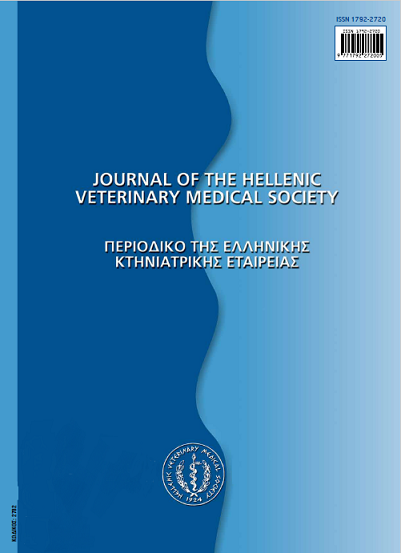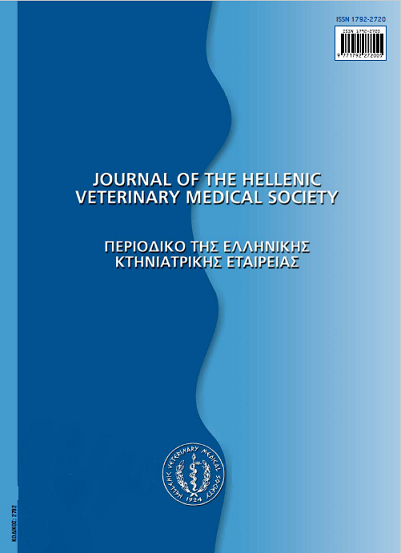Gumboro disease (IBD)
Abstract
Gumboro Disease (IBD) caused by Infectious Bursal Disease Virus is an immunosuppressive condition of chickens, which resulted in severe economical losses. Approximately 47 years after the first appearance of the disease, the changes in the form of presentation and pathogenicity of IBDV in the field has resulted in continual changes and adjustments of the vaccines used to control IBD. The original form of the disease, also known as classic or clinical IBD, was usually observed after the third week of life with high mortality, depending on factors, such as virulence of the strain of virus involved, age of the birds and maternal antibody status. The acute IBD is caused by the very virulent IBDV strains, characterized by high mortality rates in vaccinated chickens and the clinical signs and lesions are similar to those of the classic form. The subclinical
form of the disease is associated with the "variant" strains of IBDV and is characterized by low mortality and severe immunosuppression. Initially, the classic IBD was controlled by the use of mild vaccines produced in the early 1970s and from the late 1980s revealed absence of protection from wIBDV in vaccinated chickens. Another group of vaccinal strains, known as intermediate plus vaccine, has been used to control wIBDV strains. These vaccines multiply in birds, even in the presence of high maternal antibody titers. In the USA and other countries, the disease from the variant strains was controlled by intermediate strains as well as by inactivated vaccines that included variant strains, thus providing maternal antibodies against both the standard and variant strains. Until today, the IBD continues to pose an important threat to commercial poultry industry. The high resistence of IBDV to physical and chemical agents accounts for persistence of the virus in the outside environment, particularly on contaminated farms, despite disinfection. Nevertheless and not quite unexpected for the IBDV mutations in the genome, resulted in the emergence of antigenic variant strains in vaccinated flocks. The IBD requires heightened vigilance and the incidence and prevalence of the clinical and immunosuppressive forms must be evaluated more precisely.
Article Details
- Come citare
-
GEORGOPOULOU (Ι. ΓΕΩΡΓΟΠΟΥΛΟΥ) J. (2017). Gumboro disease (IBD). Journal of the Hellenic Veterinary Medical Society, 56(1), 59–70. https://doi.org/10.12681/jhvms.15072
- Fascicolo
- V. 56 N. 1 (2005)
- Sezione
- Review Articles
Authors who publish with this journal agree to the following terms:
· Authors retain copyright and grant the journal right of first publication with the work simultaneously licensed under a Creative Commons Attribution Non-Commercial License that allows others to share the work with an acknowledgement of the work's authorship and initial publication in this journal.
· Authors are able to enter into separate, additional contractual arrangements for the non-exclusive distribution of the journal's published version of the work (e.g. post it to an institutional repository or publish it in a book), with an acknowledgement of its initial publication in this journal.
· Authors are permitted and encouraged to post their work online (preferably in institutional repositories or on their website) prior to and during the submission process, as it can lead to productive exchanges, as well as earlier and greater citation of published work.






